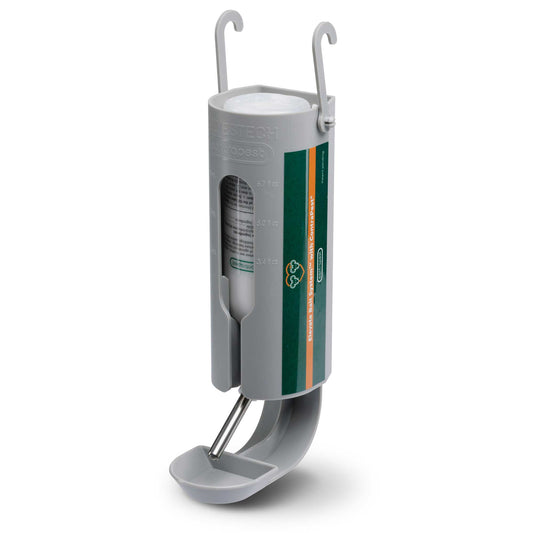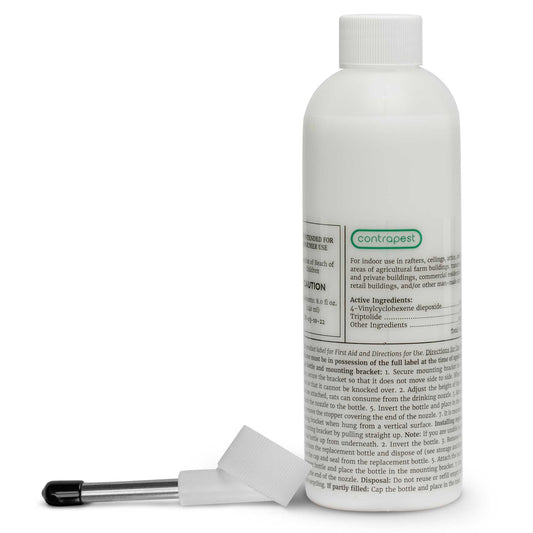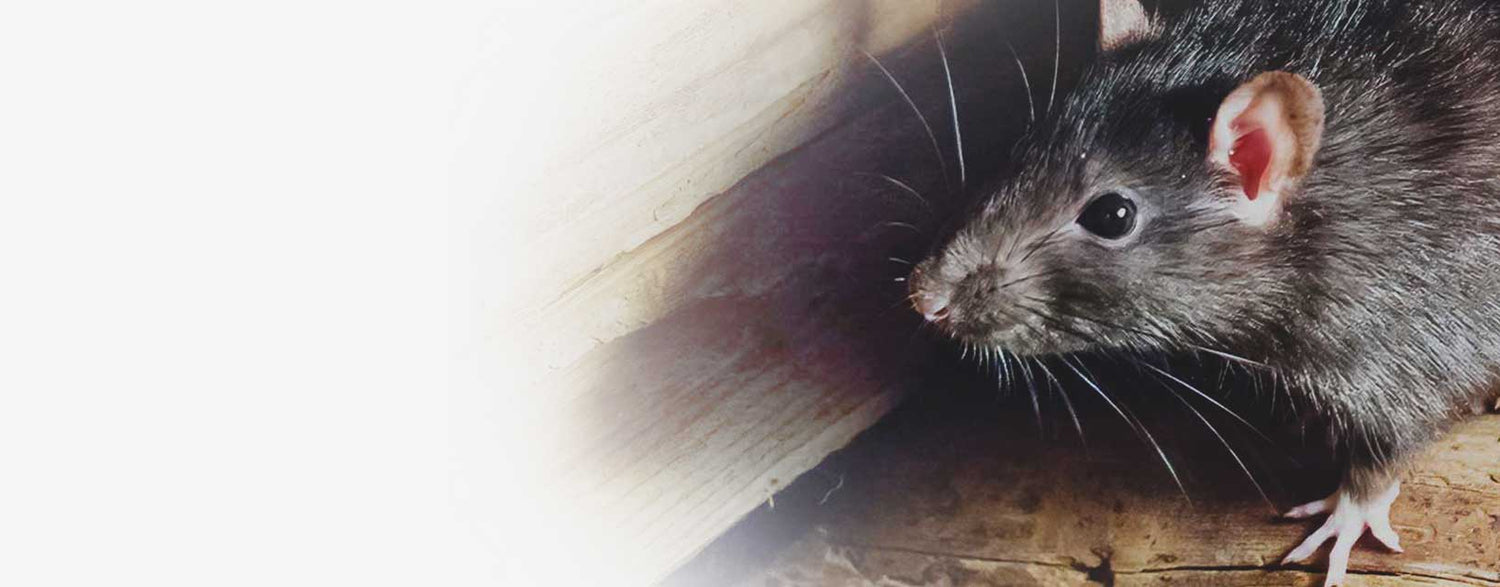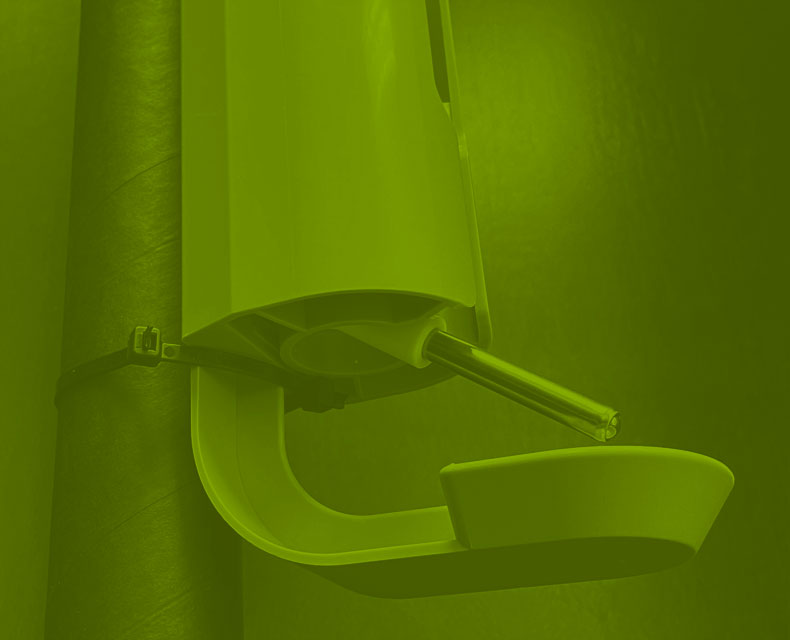Elevate Bait system
ContraPest® is a professional-grade reproductive inhibitor and highly palatable contraceptive for rats. The Elevate Bait System is designed to target roof rats in elevated spaces like rafters, attics, and lofts. Shop online and get the info you need for a successful deployment.
For ContraPest liquid Rat Birth control™
Shop now
Starter Kit, Elevate Bait System with ContraPest
Refill Kit, Elevate Bait System with ContraPest
Is a Rodenticide Good Enough?
Learn how adding Evolve soft bait or ContraPest liquid to your Integrated Pest Management (IPM) program targets the source of an infestation for long-term success.
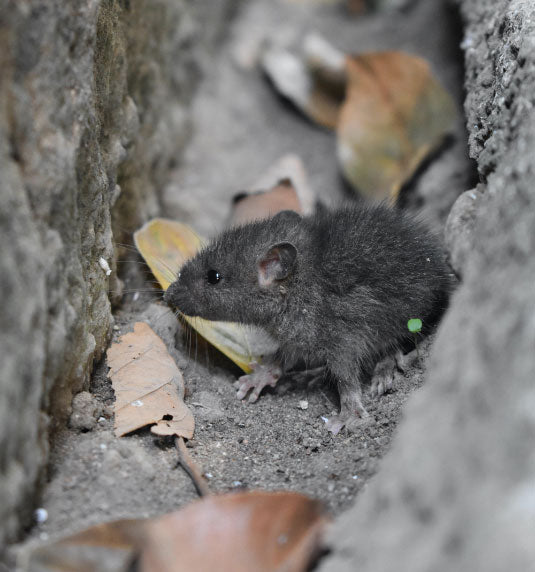
About Roof rats
Roof rats (Rattus rattus) are smaller in size and tend to be more slender compared to Norway rats. Roof rats tend to have longer tails that reach up to and over their heads. These rats are also called gray-bellied rats, white-bellied rats, black rats, and ship rats.
How do I identify a roof rat?
Often mistaken for common house mice, roof rats have pointed noses and large ears. However, what sets roof rats apart from mice is their proportionately large heads and feet compared to their bodies.
- Large ears and eyes, pointed nose
- Black or dark-brown fur, can be light or dark on underside
- Tail is longer than body, can be 7 to 10 inches in length
- Thinner rat, up to 8 inches long (not including tail), and weighs 5-12 ounces
- Smaller than Norways and juvenile roof rats can be mistaken as mice
What do roof rats eat?
Roof rats will eat meat and grain, but their coastal roots drive them to prefer fresh fruits, seeds, and nuts. They will also eat snails, slugs, and insects. Overall, roof rats eat smaller portions of food compared to Norway rats.
Roof rats prefer to live above ground in shrubs, trees, or attics. They also love to eat in multiple locations. Knowing where roof rats live and eat can help when outfitting your integrated pest management program.
- Choosing a selection results in a full page refresh.

